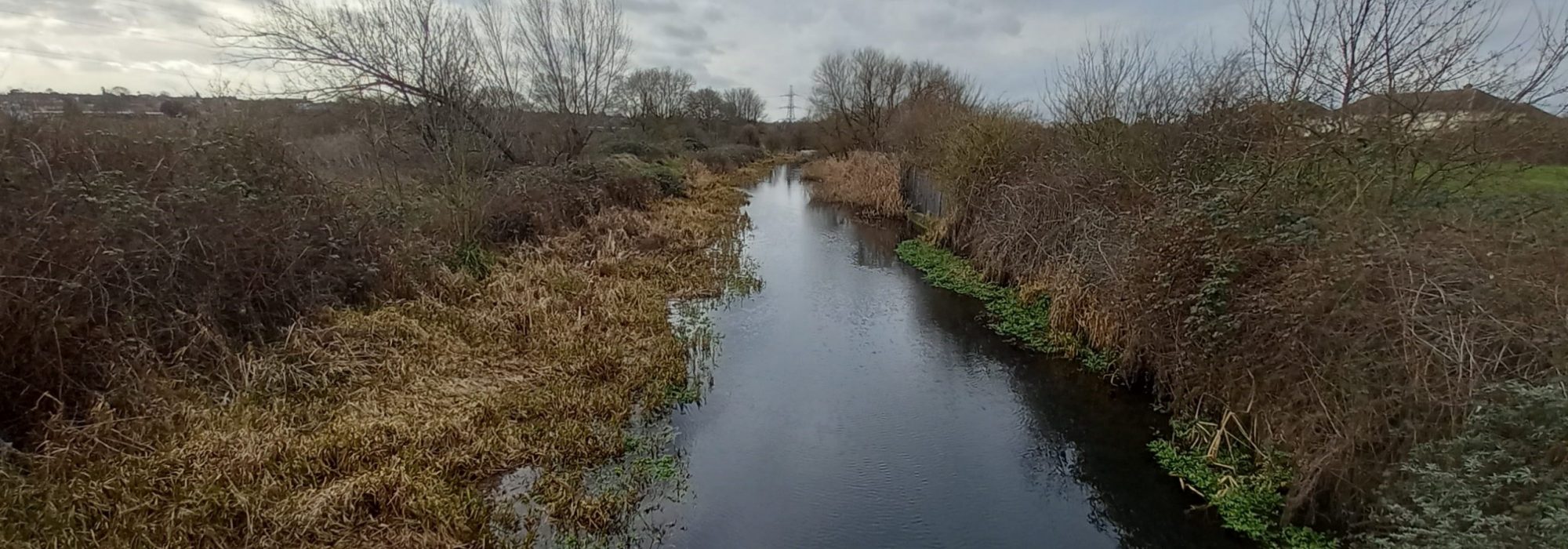Darent & Cray Catchment Partnership Engagement Working Group Recap

After two years of cancellations caused by the pandemic, the River Darent and River Cray Catchment Partnership Engagement Working Group were delighted to welcome river stakeholders to its first post-Covid meet up last Friday. Our very own Michael O’Neill was invited along to attend the event, which was held at the historic Dartford-based Hall Place and Gardens, to give a presentation. It was a successful meeting.
The River Cray is a chalk stream, rising from springs in Orpington, near Bromley, before flowing north to join the River Darent near Dartford and then the Thames. Chalk streams are one of our most special types of river – there are only around 200 chalk streams worldwide and 85% of them are in southern England.
Thames21’s O’Neill gave a well-received presentation on how a coordinated and collaborative approach can play a vital role in tackling invasive non-native such as Himalayan balsam. He also discussed our summer 2023 plans to tackle this plant to help the River Cray to breathe.
The Working Group meeting was being run by Mark Ivan Gallant, North West Countryside Partnership/Kent County Council’s Senior Partnership Officer.
It provided a great opportunity to stimulate good partnership working practices and collaborate on some key catchment issues with a multi-agency focus. The meeting also offered fantastic opportunities to share knowledge of catchment issues and work side by side to increase effectiveness of project outcomes.
A number of organisations and NGO’s took part in this Working Group meeting, including the Environment Agency, Defra, North West Kent Countryside Partnership, Kent County Council, the South East Rivers Trust (SERT), Darent River Preservation Society (DRiPS), and Friends of Thames Road Wetland (FoFcm).

Mark Gallant gave an excellent presentation about the (Preventing Plastics Pollution) Interreg Project he was working on and collaborative/partnership working along the Darent, Cray, Shuttle, and Danson Stream. Attendees heard that since this Interreg Project started, ten clean ups have been delivered, 78 volunteers have been engaged, 122 bags of rubbish have been collected and 7.277 kilometres of shoreline have been cleaned. More than 624 metal drink cans have been collected, 625 plastic bottle caps and 105 items of clothing.
Subsequently, delegates also heard from SERT’s Chris Gardner, who gave a brilliant presentation about the work of the Darent & Cray Catchment Improvement Group and some examples of its success.
The whole group meeting had a really friendly atmosphere and seemed to inspire a lot of note taking and good healthy discussions about next steps for the group and how to attract more attendees from the other groups in the catchment partnership area. And of course, a catcher title for the Working Group was discussed too.
All in all, this was a great first step to resuming the great work that happens, when a whole catchment and working partnership group come together. The group hopes to encourage Cray and Darent lovers to join the next meeting.
Would you like to get involved? For more info contact BRIC Engagement Officer Michael O’Neill at michael.oneill@thames21.org.uk.
